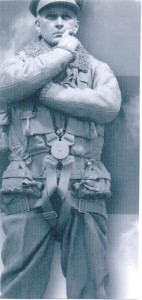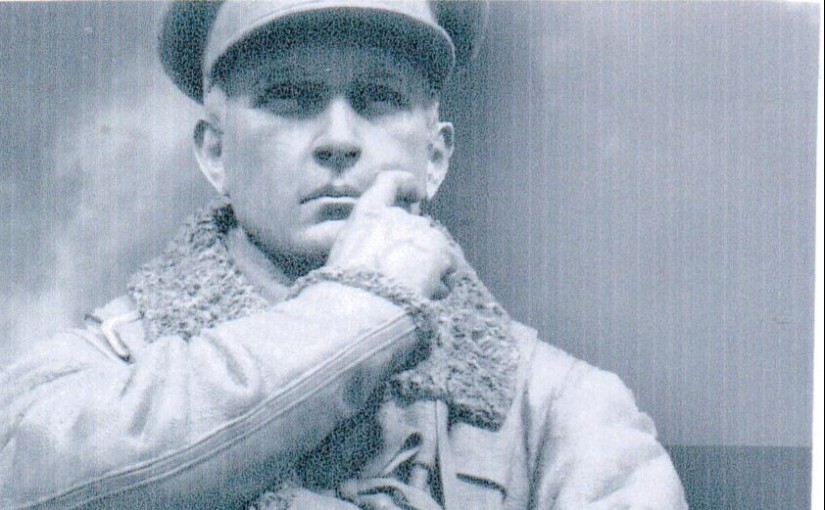By Barry Floyd
(Publicity Officer, RAFA Northiam & Rye Branch)
Sixty-seven years after the end of WWII , and almost seventy years from the height of RAF Bomber Command’s offensive against targets in Germany and Nazi-occupied territories in Europe, a fitting If belated memorial to all the heroic aircrews involved was dedicated and unveiled in Green Park, London, on 28 June 2012
A campaign to create an appropriate monument began many years ago. Tireless campaigning by the RAF Bomber Association Memorial Fundraising Committee led to tens of thousands of contributions from members of the public and three major benefactors. These were sufficient to undertake the building project although further funds are needed to provide an endowment allowing for the future maintenance of the memorial by the RAF Benevolent Fund.
The design and construction of the memorial are well described in a brochure produced by the RAFBF, from which the illustration and information supporting this article have been drawn.
Seven bronze airmen stand together on a basalt plinth illuminated by a shaft of light from the open sky above. This dramatic sculpture Is the centrepiece of a towering open pavilion housing the new Bomber Command Memorial in Green Park. The memorial will is a tribute to the 55,573 aircrew who lost their lives in World War II. Many veterans travelled from all over Britain and overseas to honour fallen comrades at the ceremony The RAFBF will act as guardian of the Memorial, keeping it maintained for visitors, including thousands of school children learning about our country’s history.

Portland
The structure is made of Portland stone in keeping with Whitehall’s Cenotaph. Elegant pillars flank the pavilion itself, creating a new entrance to Green Park.
Distinguished
Acclaimed architect Liam O’Connor – best known for the Commonwealth Memorial Gates — and renowned sculptor Philip Jackson, whose work includes the HM Queen Elizabeth Memorial, embarked on intensive research into Bomber Command which greatly influenced The Memorial design.
Symbolic Skylight
The combined height of the plinth and the sculpture guarantees that visitors will see the profile of the aircrew outlined against the sky they flew so bravely in.
Geodetic Structure
The roof owes its distinctive design to the Geodetic construction used in the Vickers Wellington bomber It includes melted down aluminium recovered from a Halifax bomber, shot down over Belgium in 1944, In which all eight crew died. Three airmen were still at their stations when the plane was excavated from a swamp in 1997. They were buried with full military honours alongside their five other crew members at Geraardsbergen.
Chance of Surviving 30 Missions? – One in Four
By 1943 aircrews had just a one in four chance of surviving 30 missions. However, despite the huge sacrifices, there has been no national memorial reflecting ‘the debt we owe’ to Bomber Command until now.
Rye’s Own readers who may wish to make a contribution towards the upkeep of this distinguished memorial are Invited to contact the RAF Benevolent Fund, 67 Portland Place, London W1B 1AR. Telephone: 020 7580 8343. Email: [email protected]. Web: www.rafbf.org
“Rye’s Own” July 2012
All articles, photographs and drawings on this web site are World Copyright Protected. No reproduction for publication without prior arrangement. © World Copyright 2015 Cinque Ports Magazines Rye Ltd., Guinea Hall Lodge Sellindge TN25 6EG
